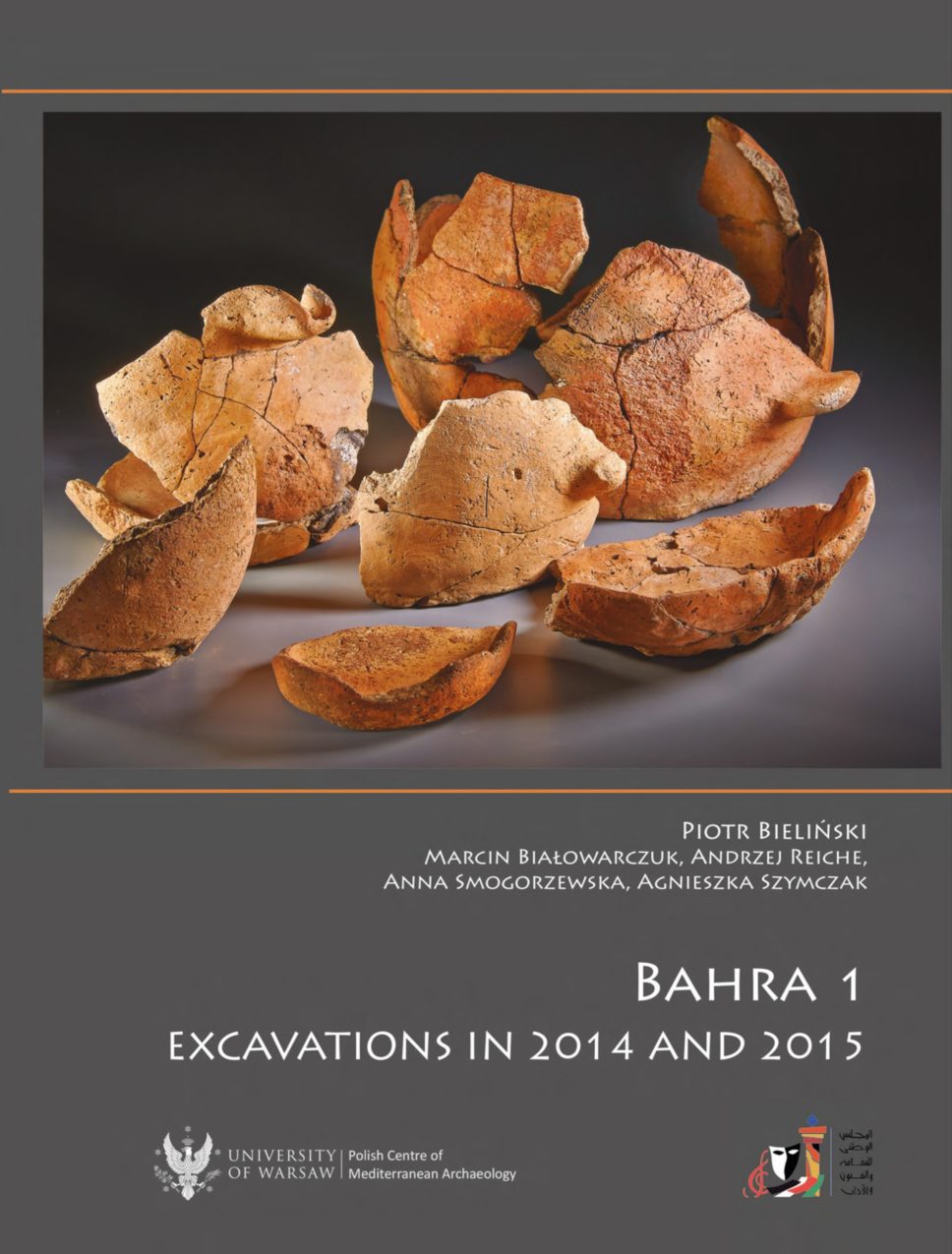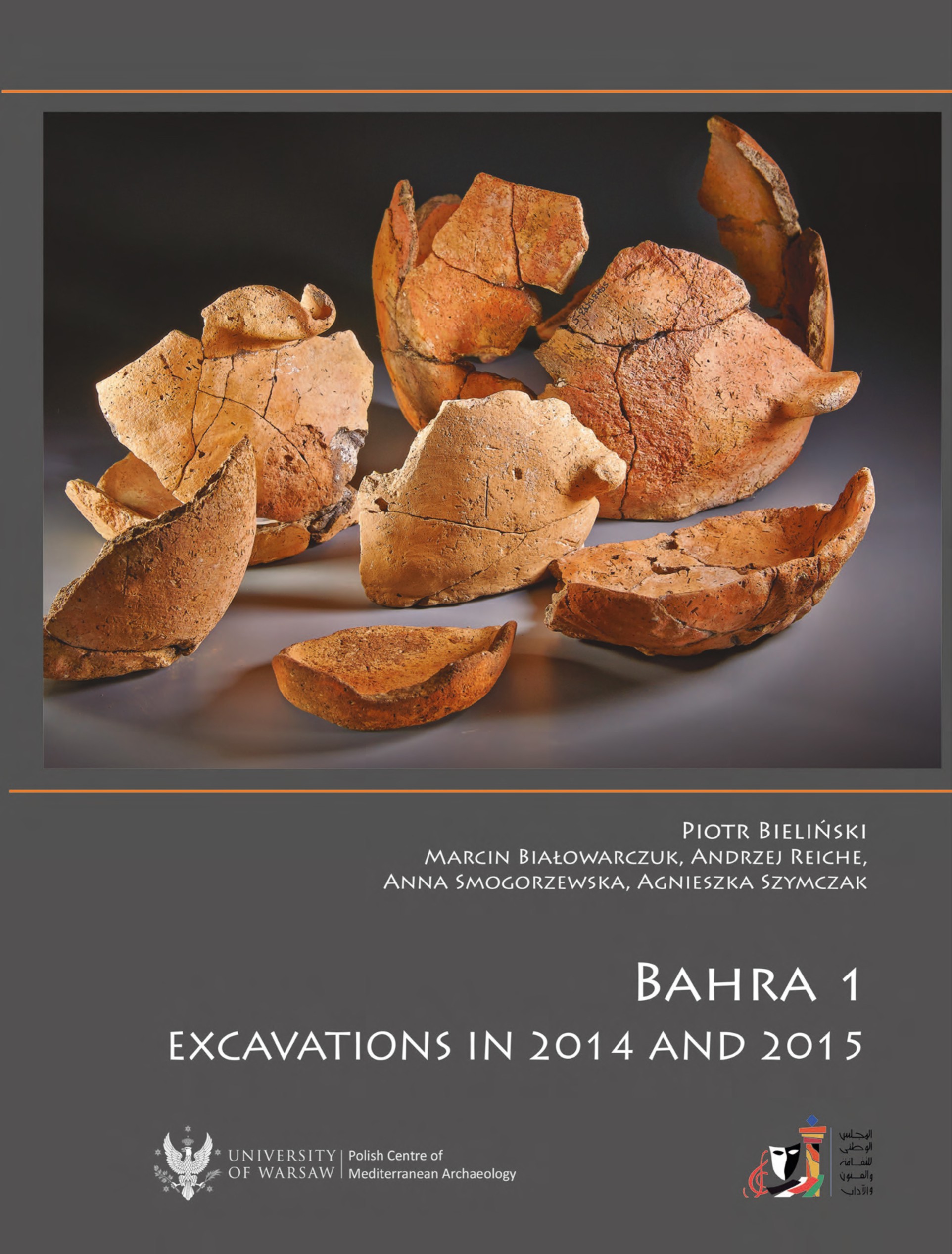The PCMA mission in Kuwait has just received copies of their latest publication “Bahra 1. Excavations in 2014 and 2015. Preliminary Report on the Sixth and Seventh Seasons of Kuwaiti–Polish Archaeological Investigations”. It is the second report on results of research at that Chalcolithic-period settlement in Northern Kuwait prepared by the Kuwaiti–Polish Archaeological Mission.
The site of Bahra 1 has been excavated since 2009 by a Kuwaiti–Polish Archaeological Mission (KPAM), directed by Prof. Piotr Bieliński. It is a large settlement from the second half of the 6th millennium BC, with elements of the pointing to contacts with centers of the Ubaid culture in Mesopotamia. At the same time, objects typical of the so-called Arabian Neolithic were also discovered there: Coarse Red Ware pottery and lithic tools of local provenience.
In this volume, the results of the 2014 and 2015 seasons of fieldwork have been presented, offering an insight into the settlement’s architecture and its development in consecutive building phases. Separate chapters discuss the assemblage of finds from the reported seasons. The rich pottery collection of over 6,200 fragments included almost equal shares of Ubaid Ware and Coarse Red Ware potsherds. The prolific lithic material (over 30,000 tool fragments and debitage) forms a specialized assemblage oriented towards the production of tubular shell beads.
Evidence for the existence of bead workshops at the site comes also from the small finds’ assemblage, a considerable part of which is related to the bead production process. An exceptional scoop was the discovery of a copper object in one of the older layers of the settlement.


